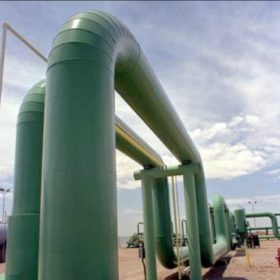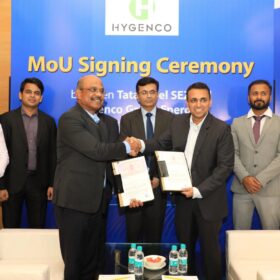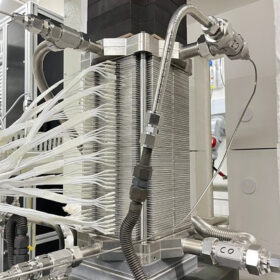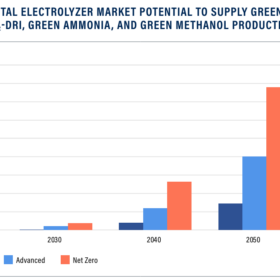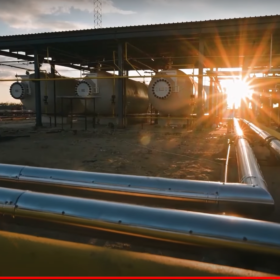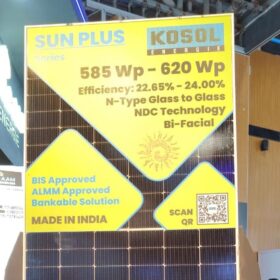Greenko ZeroC to supply renewable ammonia to Norway’s Yara
Greenko ZeroC will supply up to 50% of renewable ammonia from Phase 1 of its ammonia production facility in Kakinada.
The Hydrogen Stream: Asahi India Glass signs 20-year green hydrogen off-take agreement with INOX Air Products
INOX Air Products will build and operate a green hydrogen plant with a capacity of 190 tonnes per annum (TPA). The plant will supply 95 TPA of green hydrogen to Asahi India’s float glass manufacturing facility in Rajasthan in the first phase.
The Hydrogen Stream: Hygenco to set up green hydrogen, ammonia project at Tata Steel SEZ’s Gopalpur Industrial Park
Hygenco aims to produce 1 million tonnes per annum (MTPA) of green ammonia from its plant at Tata Steel SEZ’s Gopalpur Industrial Park in Odisha. The project’s initial phase is set for commissioning by December 2026.
Korean researchers build 8 kW solid oxide electrolysis cell that can produce 5.7 kg of hydrogen per day
The Korea Institute of Energy Research has developed a solid oxide electrolysis cell stack that uses a special kind of separator plate to ensure proper flow of hydrogen and oxigen after water splitting. Samsung Electro-Mechanics and Bumhan Industries are now cooperating with the research center to improve relevant manufacturing process.
ReNew, Japan’s JERA partner for green ammonia project in India
The green ammonia project to be developed in Paradip, Odisha, will have a green ammonia production capacity of around 100,000 tons per year by 2030. JERA will be the offtaker for the project.
India’s green hydrogen and electrolyzer market poised for significant growth
The electrolyzer market in India to supply green hydrogen for steel, ammonia, and methanol industries will soar from $4 billion in 2030 to $78 billion by 2050 if the nation stays on track to achieve its declared net zero target.
India extends deadline for submission of R&D proposals under National Green Hydrogen Mission
The Ministry of New & Renewable Energy, Government of India, has extended the deadline for submission of R&D proposals under National Green Hydrogen Mission, to April 27, 2024.
The role of hydrogen in 2024’s energy landscape
With its versatility and potential for decarbonization, hydrogen is scripting a new chapter in the narrative of clean energy.
India, Saudi Arabia and UAE top in green hydrogen competitiveness
The United Arab Emirates (UAE) tops in green hydrogen competitiveness with the world’s lowest levelized cost of hydrogen (LCoH) of $2.7/kg in 2023 and a projected $1.7/kg in 2030. It is followed by Saudi Arabia and India, which could produce green hydrogen at $2.9-$3.2/kg in 2023 and $1.8/kg in 2030.
MNRE issues guidelines for setting up green hydrogen hubs in India
Under the National Green Hydrogen Mission, at least two green hydrogen hubs will be set up by FY 2025-26 with central financial assistance of INR 200 crore for creating the core infrastructure. Each of the hubs will have a production capacity of at least 100,000 mtpa.

